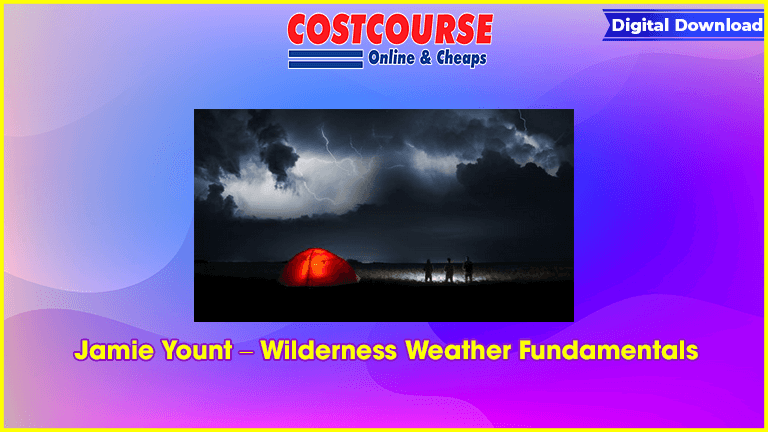Weather can make or break any outdoor adventure from a day hike to a multi-day backpacking trek, especially if you’re not prepared for adverse conditions.
Jamie Yount – Wilderness Weather Fundamentals
But with some basic weather knowledge, you can adjust your plans—whether you’re in the field or at home prepping—before you get caught in a storm. This online education course, taught by meteorologist and adventurer Jamie Yount and BACKPACKER Magazine, goes far beyond informing you how to react to lightning. It answers the fundamental questions of what causes weather and how to read the signs that help you forecast what may come next. This five-part eLearning course will teach any adventurer the ins and outs of weather in an approachable, applicable way.
At your own pace, you’ll learn the basics of how weather works and how to read changes in the weather that could impact your time in the backcountry. In this five-part eLearning class, meteorologist Jamie Yount will walk you through atmospheric pressure, how temperature and pressure are connected, reading clouds, the ins and outs of warm and cold fronts, and more. You’ll also learn how to anticipate severe and dangerous weather and how to respond to lightning, flash floods, and winter hazards.
How This Course Works
We know you have a busy schedule, so we’ve designed this course to be taken at your own pace. You’ll learn through a variety of interactive formats, including video instruction, photo descriptions, quizzes, and more. Each lesson builds on the last, and, while we’ve designed the course to be 5 weeks long, you can take it as quickly or slowly as you want. Plus, once you purchase the course, the lessons are yours forever.
Course Overview
Meet Jamie Yount
Course goals
Climates of North America
1. How Weather Works
What causes weather
Atmosphere basics
Global air circulations
Pressure, temperature, and wind relationships
2. Cloud Watching
Cloud types
Cloud heights
Cloud implications
3. Storm Anatomy
Storm systems
High and low pressure
Air masses
Fronts: warm, cold, occluded, and stationary
4. Identifying Weather Hazards
When to bail
Go/No go forecasting
Lightning
Flash floods
Winter weather
Wildfires
5. Forecasting in the Field
How to make a forecast in the field
Signs of worsening weather
Signs of improving weather
Signs of continued good weather
Course Wrap-Up
How to keep practicing
Resources for further study








